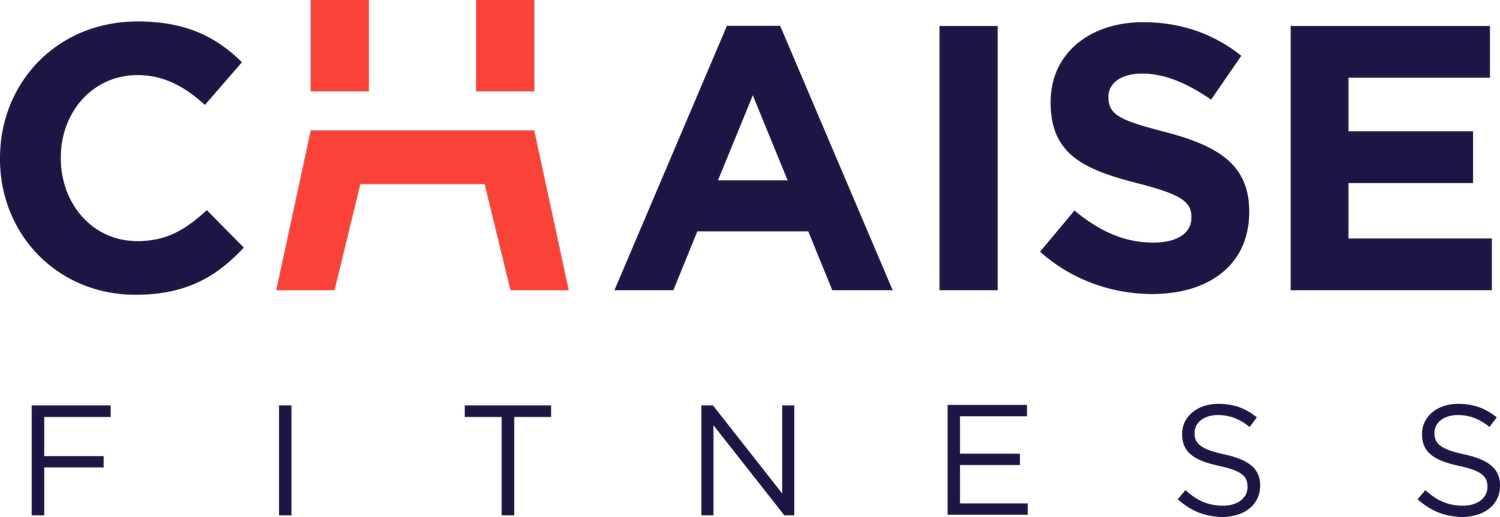Spinal Extension: A Guide to a Healthy Back in Pilates Practice
Spinal extension or back bending despite being synonymous in the public imagination with flat stomachs and strong abdominals, the Pilates method includes many movements that strengthen the back body, too. Not only does working the whole torso create a more balanced physique, but strong back muscles are essential to accomplish spinal extension. The action of bending the back uses the major muscle groups including the erector spinae, the semispinalis, the multifidus, and the quadratus lumborum (QL). These muscles are also important for side bending, extension, and rotation.
A Guide to a Healthy Back in Pilates Practice
Spinal Extension
Spinal extension occurs in Pilates exercises such as Rocking or Swan, as well as in yoga, Bridge or Wheel. Rocking exercise strengthens your back, hip, and abdomen muscles. Positioned on your hands and knees, place your hands directly under your shoulders and your knees under your hips. Tuck your head downward as you breathe in deeply and round your back up, making a curve with your back in the shape of the letter C and exhale. Repeat this sequence 3 to 5 times.
The Pilates Swan is a popular extension exercise which can be performed on the mat and equipment. Lie face down on a mat with your forehead resting on a towel or hovering just above it. Inhale to prepare. Place your hands either side of your chest with your palms facing down. Exhale and connect your pubic bone with the mat. Next, press your hands into mat and send your elbows back towards your heels. As you do so, allow your chest and upper spine to peel off the mat into an upward arc. Make sure your lower abdominals are engaged. For the full version, start to straighten your arms and bring the rest of your spine and hips into extension. Your thighs should be off the mat. Remember to keep sending your tail bone down toward the mat. Pause and inhale at the top. Exhale and start to lower the body back to the mat. Do so by rolling over your thighs, hips, lower abdominals to your chest until you are back in the starting position again. Repeat this sequence 3 to 5 times.
Spinal Flexion
Some good exercises to work on spinal flexion in the Pilates studio include Swimming, and One Leg Kick and Double Leg Kick on the Mat, the Flat Back variations in Stomach Massage, Short Box, and Knee Stretches on the Reformer, and the Cat Stretches on the Cadillac. In addition, Cat/Cow on the Mat and Push Through on the Reformer are excellent ways to work on spinal articulation or being able to move the spine sequentially with proper flexion. While the desire for slender abdominals can lead exercisers to focus on spinal flexion, ensuring that your workouts include spinal flexion will keep your back healthy and happy for years to come.
Flexible Spines
In classical ballet, the term chambre refers to the action of bending backwards from the waist, often with one or both arms and the head arching back as well. It's an essential part of the port de bras, arm movement, and a staple of barre work. Dancers have to extend their spines, so they work on lifting the chest and opening up the front of the body with exercises like Single Leg Kick and Double Leg Kick.
The dancer's body refers as much to a lifted yet relaxed and open posture, which is a result of strong, flexible back extensors as well as a strong core. You are only as young as your spine is flexible. Spinal extension helps balance out all of the forward flexion, or forward bending, in Pilates. Spine Stretch Forward and the various rolling exercises, to name just a few.
Injury Prevention
Spinal extension helps counteract the effects of hours and hours spent hunched over a desk, computer, or phone. That constant rounded spinal posture means that our neck and back muscles get stretched, but not strengthened. Moreover, that sets the stage for injury, particularly lower back injury. It's not enough to just crank the head back or thrust the pelvis forward, both of which shorten the spine and abdominal stability. Performed correctly, Pilates exercises can strengthen the back to help improve posture, to prevent injury, and to improve the efficiency of everyday movements.
Check Out the Pilates Studio at ChaiseFitness
Contact us
New Client Specials: Three Private Sessions for $250 a good place to start!
To book a private or duet session, please contact the studio directly with your desired dates, times, and types of sessions. https://chaise-fitness.squarespace.com/contact. Our biggest belief is that education is key. The more you understand about your injury, illness, and movement, the more you are likely to improve. If you have not seen one of our professional trainers and have any questions about injuries, just ask. We are more than happy to help you. Or better yet, prevent injury by strengthening your back through extension and flexion. Visit us on the Upper East Side, NYC. Chaise Fitness Studio 1204 Lexington Avenue New York, New York 10028 Phone 212-744-6100

